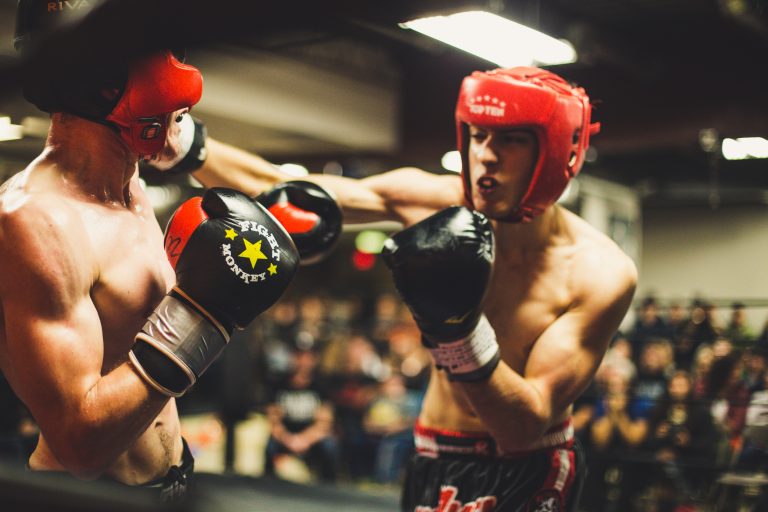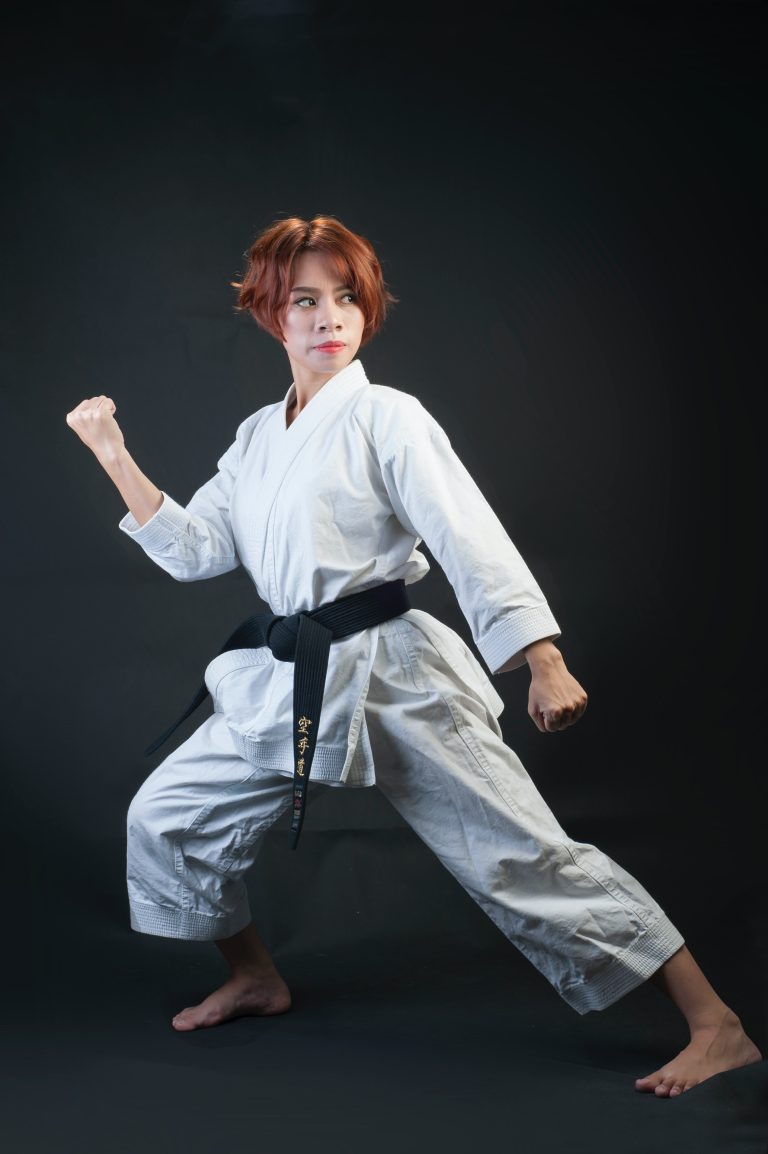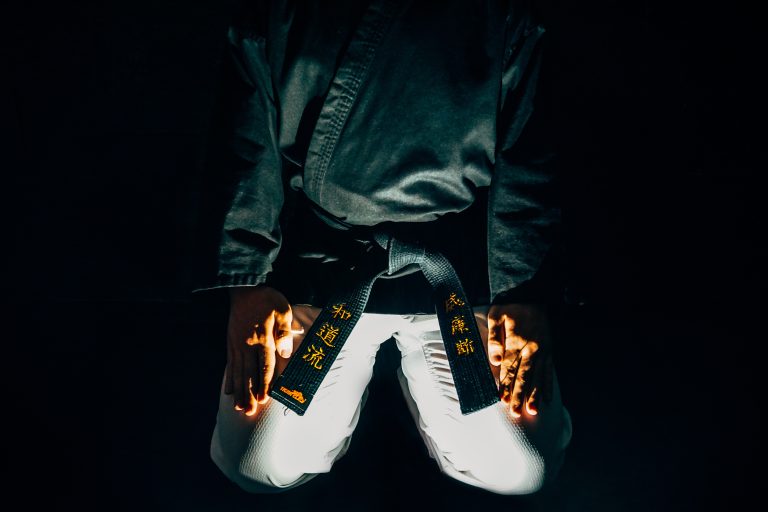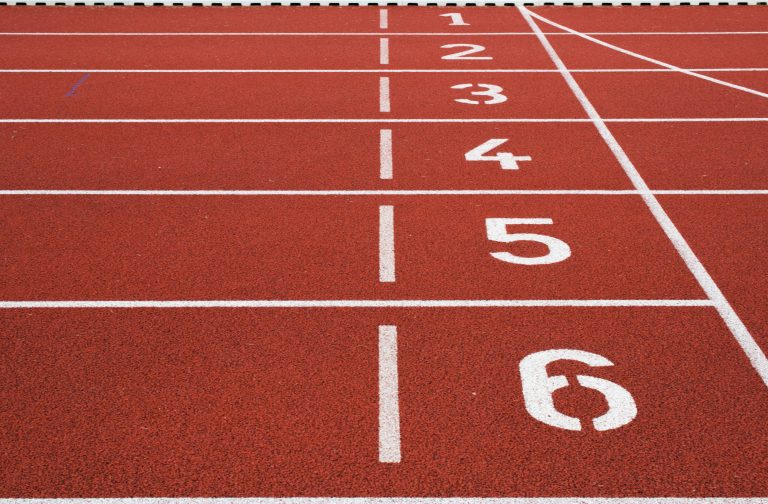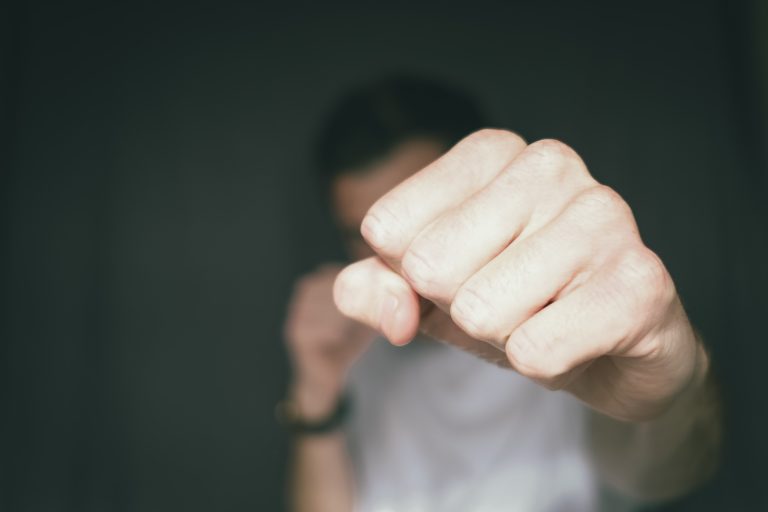How to Say Bow in Japanese Karate: A Guide for Beginners
Karate is a traditional martial art form originating from Japan that emphasizes strength, discipline, and focus. Central to this martial art form is the practice of bowing, a respectful gesture that is performed at the beginning and end of each session, class, or training. Bowing in Karate is an essential way to show respect towards the dojo, instructors, and fellow practitioners.
If you’re a beginner in Karate, learning how to say „bow“ in Japanese is just as important as performing the gesture itself. This guide will help you understand the correct way to say the word, why it’s important in Japanese Karate, and also provide some tips on how to bow properly.
What is Bowing in Karate?
Bowing (or „rei“ in Japanese) is an integral part of Karate practice. It is used to show respect to the dojo, training partners, sensei (instructors), and more senior students.
The purpose of bowing is to demonstrate a level of commitment and respect towards the Karate practice and its traditions in general. Through bowing, you are acknowledging the significance of the dojo, the value of the practice, and the contributions of senior instructors.
How to Say „Bow“ in Japanese Karate
In Karate, there are three types of bows: the standing bow, the sitting bow, and the prostrated bow. According to Japanese tradition, each type of bow corresponds to different circumstances and shows a particular level of respect. Here’s how to say “bow” in Japanese:
– Standing Bow – Standing bow is called „Ritsurei.“ In Japanese, „Ritsu“ means standing, and „Rei“ means bowing.
– Sitting Bow – Sitting bow is called „Zarei.“ In Japanese, „Za“ means sitting, and „Rei“ means bowing.
– Prostrated Bow – Prostrated bow is called „Karei.“ Here, „Ka“ means a temple or a shrine, and „Rei“ means bowing. This type of bow is performed when entering or leaving a dojo or training space.
Why It’s Essential to Say „Bow“ in Karate Correctly
Correct pronunciation of Japanese words is essential as Japanese is a tonal language, and the word „bow“ has different meanings depending on the tone. In Karate, not pronouncing „rei“ correctly can lead to misunderstandings and a lack of respect towards instructors and more senior practitioners.
Moreover, using proper Japanese terminology enhances the authenticity of the Karate practice and demonstrates a clear understanding of the art form. Finally, as Karate originated from Japan, using Japanese terminology respects the heritage and history of this martial art form.
How to Bow
After learning how to say „bow“ in Japanese Karate, it’s equally essential to learn how to bow correctly. Here are some tips for bowing appropriately in a Karate class:
– Stand at attention facing the front of the dojo with feet shoulder-width apart.
– Place your hands (palms facing down) together in front of your body with your fingers extended and your thumbs tucked in. This position is called „GASSHO.“
– Take a deep breath and relax your shoulders.
– Bow forward slowly at the waist without bending your knees. Your eyes should be focused on the floor, approximately three feet in front of you.
– Hold this position for a few seconds to show respect. Then, return upright slowly and precisely.
– When bowing in front of a person, ensure that you bow from the waist downwards, although the exact degree of bending depends on the situation or occasion.
How to Say Bow in Japanese Karate
Frequently Asked Questions about Saying Bow in Japanese Karate
If you’re practicing Japanese Karate, you may have come across the term „bow“ when showing respect to your sensei, fellow students, and the dojo. The bow has different variations and is performed in various situations, so it’s essential to understand how to do it properly. Here are some of the most frequently asked questions about saying bow in Japanese Karate:
What is a Bow in Japanese Karate?
A bow, or „rei“ in Japanese, is a traditional form of showing respect in Karate. It shows humility, gratitude, and acknowledgment of the person or place you’re bowing to. There are different types of bows in Karate, but the most common ones are standing bow, seated bow, and kneeling bow.
How Do You Say Bow in Japanese Karate?
The word for bow in Japanese Karate is „rei,“ and it’s pronounced as „ray.“ It’s important to note that Japanese pronunciation is distinctive, and it’s essential to get the vowel sounds and intonation right. Listen carefully to your sensei or fellow students to get it right.
When Do You Bow in Japanese Karate?
In Japanese Karate, you bow to show respect and gratitude to your sensei, fellow students, and the dojo. You bow when entering and leaving the dojo, beginning and ending class, and when greeting or thanking someone. There are different types of bows for different situations, so it’s essential to learn the proper etiquette from your sensei.
How Do You Do a Standing Bow in Japanese Karate?
To do a standing bow in Japanese Karate, follow these steps:
1. Stand up straight with your feet shoulder-width apart, hands at your sides, and head facing forward.
2. Take a step forward with your left foot.
3. Place your left hand on your left thigh, and your right arm across your abdomen.
4. Bow your upper body forward from the waist, keeping your eyes focused on the ground.
5. Hold the bow for a moment, then return to an upright position.
How Do You Do a Seated Bow in Japanese Karate?
To do a seated bow in Japanese Karate, follow these steps:
1. Sit down on your knees, with your toes touching the floor and your heels apart.
2. Place your hands on your thighs, palms facing down.
3. Bow your upper body forward from the waist, keeping your eyes focused on the ground.
4. Hold the bow for a moment, then return to an upright position.
How Do You Do a Kneeling Bow in Japanese Karate?
To do a kneeling bow in Japanese Karate, follow these steps:
1. Kneel down with your knees together, toes pointing backward, and your hands at your sides.
2. Place your left hand on your left thigh, and your right arm across your abdomen.
3. Bow your upper body forward from the waist, keeping your eyes focused on the ground.
4. Hold the bow for a moment, then return to an upright position.
What is the Etiquette for Bowing in Japanese Karate?
Bowing is a crucial part of the etiquette in Japanese Karate. Here are some tips to keep in mind:
1. Always bow with sincerity and respect.
2. Lower your eyes when bowing, especially when bowing to your sensei or someone more senior than you.
3. Keep your back straight and your body relaxed during the bow.
4. Hold the bow for a moment, and then return to an upright position.
5. Don’t rush the bow – take your time and be mindful of the person or place you’re bowing to.
How to Say Bow in Japanese Karate
Introduction
Karate is the art of self-defense that evolved in Japan. One of the essential components of this martial art is bowing. Bowing is a gesture of respect, gratitude, and humility in the Japanese culture. Bowing is also prevalent in other martial arts and Japanese customs. In this article, we will learn how to say bow in Japanese karate and the correct way to perform it.
Step-by-Step Guide
Step 1: Understand the Importance of Bowing in Karate
Karate is more than just a physical practice; it is a way of life. Bowing is an essential aspect of karate training that reflects the core values of respect, humility, and gratitude. Karate practitioners bow to express respect for their training partners, instructors, and the art itself. Bowing also helps to create a peaceful and respectful training environment, where everyone is treated as equals.
Step 2: Learn How to Say Bow in Japanese Karate
In Japanese, the word for bow is ‚rei‘ (pronounced ‚ray‘). It is essential to learn the proper pronunciation of ‚rei‘ to show respect in karate.
Step 3: Understand the Different Types of Bows in Karate
There are three types of bows in karate, each with its specific purpose. The following are the three types of bows in karate:
1. Standing Bow: This bow is performed while standing and is used to show respect to the instructor or training partners.
2. Sitting Bow: This bow is performed while sitting and is used to show respect in formal ceremonies or to greet senior members.
3. Bow of Appreciation: This bow is performed when someone is helping you, such as a training partner or instructor.
Step 4: Learn How to Perform the Standing Bow in Karate
To perform the standing bow in karate, follow these steps:
1. Stand up straight with your feet shoulder-width apart.
2. Place your arms at your sides.
3. Bow your head and upper body forward from the waist, keeping your back straight.
4. Hold the bow for a few seconds to show respect.
5. Return to the upright position.
It is essential to keep your eyes on your training partner or the person you are bowing to while performing the standing bow.
Step 5: Learn How to Perform the Sitting Bow in Karate
To perform the sitting bow in karate, follow these steps:
1. Sit on your knees with your feet tucked under your buttocks.
2. Place your hands on your thighs with your palms facing down.
3. Bow your head and upper body forward from the waist, keeping your back straight.
4. Hold the bow for a few seconds to show respect.
5. Return to the upright position.
It is crucial to maintain eye contact with the person you are bowing to while performing the sitting bow.
Step 6: Learn How to Perform the Bow of Appreciation in Karate
To perform the bow of appreciation in karate, follow these steps:
1. Stand up straight with your feet shoulder-width apart.
2. Place your arms at your sides.
3. Bow your head and upper body forward from the waist, keeping your back straight.
4. Hold the bow for a few seconds to show appreciation.
5. Return to the upright position.
It is vital to keep your eyes on the person you are expressing gratitude to while performing the bow of appreciation.
Conclusion
Bowing is an integral aspect of karate training that reflects the core values of respect, humility, and gratitude. By following these simple steps, you can learn how to say bow in Japanese karate and perform it correctly. Remember to remain respectful and attentive when bowing, as it is a reflection of your character and an essential aspect of the art of karate.
Inhaltsverzeichnis


